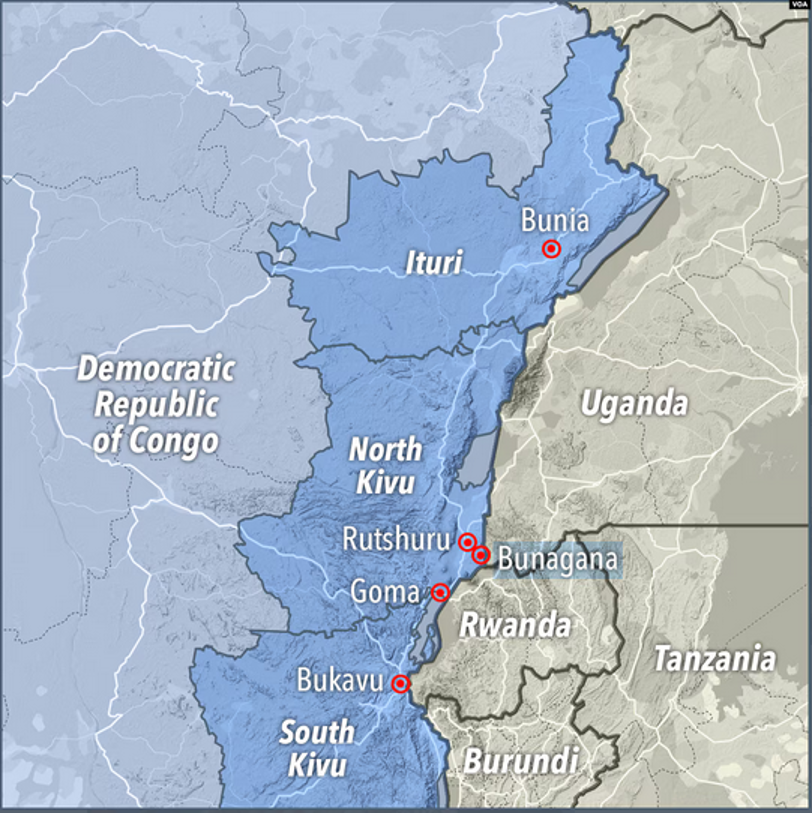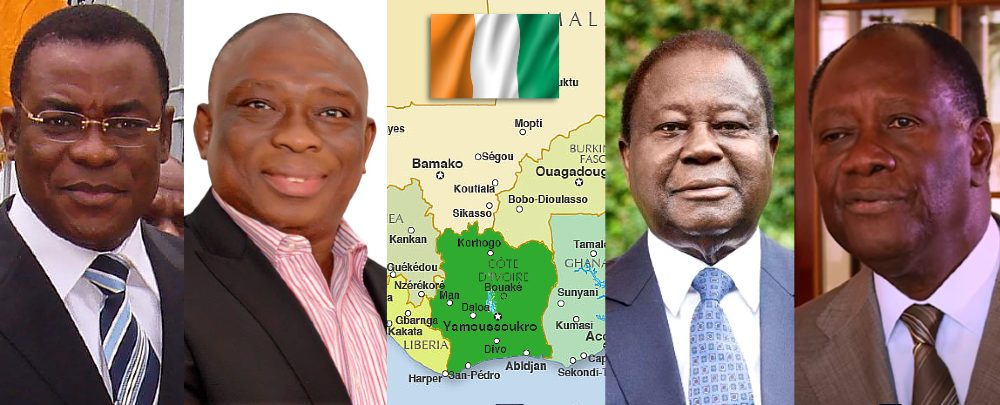Rwanda-Uganda Routes Gain from Eastern DRC Upheaval
Informal cross-border trade via Rwanda and Uganda rises 20–30 % amid DRC conflict; elevated BZ=F and firm DXY sustain dollar demand even as EAC pursues blockchain traceability. (BZ=F, DXY)

Fighting in eastern Democratic Republic of Congo (DRC) has reshaped commercial geography across the Great Lakes, creating a shadow trade corridor that runs through Rwanda and Uganda into rebel-held territory. The M23 conflict, which reignited in mid-2025, has spurred a surge in informal shipments of food, fuel, and manufactured goods, with regional traders exploiting both arbitrage and humanitarian gaps.
Officials in Kampala and Kigali privately estimate that unrecorded cross-border flows have risen by 20–30 percent since June, offsetting weaker formal exports but complicating customs revenue forecasts. Uganda’s southwest customs corridor recorded a 9 percent quarterly jump in collections, though only part of that reflects taxable trade. Rwanda’s re-export of petroleum and consumer goods has provided an FX cushion even as tourism receipts stagnate, helping the franc steady around FRw 1,215/USD.
For policymakers, the dynamic is double-edged. Informal trade props up household incomes and supplies communities cut off from formal logistics, but it erodes the tax base and feeds a parallel FX circuit that complicates monetary transmission. High global oil prices (BZ=F) and a strong dollar (DXY) have inflated the cost of legal imports, incentivising work-arounds through grey routes where mark-ups are lower and settlement occurs via mobile-money networks rather than banking channels.
Regulators are attempting to respond without crushing livelihoods. The East African Community (EAC) has revived its digital-trade pilot to link customs data across Rwanda, Uganda, and Tanzania through blockchain-based seals. If implemented by late 2026, it could increase traceability and curb under-invoicing. Donors and development banks are also exploring humanitarian trade corridors to separate relief flows from commercial contraband, though implementation faces logistical and security obstacles.
Macroeconomic implications ripple across the region. Elevated informal fuel supply flattens inflation spikes but distorts official FX demand. Banks tighten compliance on trade-finance lines near the border, raising borrowing costs for legitimate importers. For central banks, managing liquidity becomes harder: unrecorded dollar inflows can momentarily strengthen currencies before volatility returns. The longer conflict persists, the greater the risk of entrenching an informal equilibrium that drains fiscal resources and deters formal investment.
The trade paradox is stark. Conflict simultaneously sustains and subverts local economies, revealing both resilience and fragility. Regional authorities now face the test of formalising survival commerce without suffocating it—a policy balance as intricate as the frontier itself.





